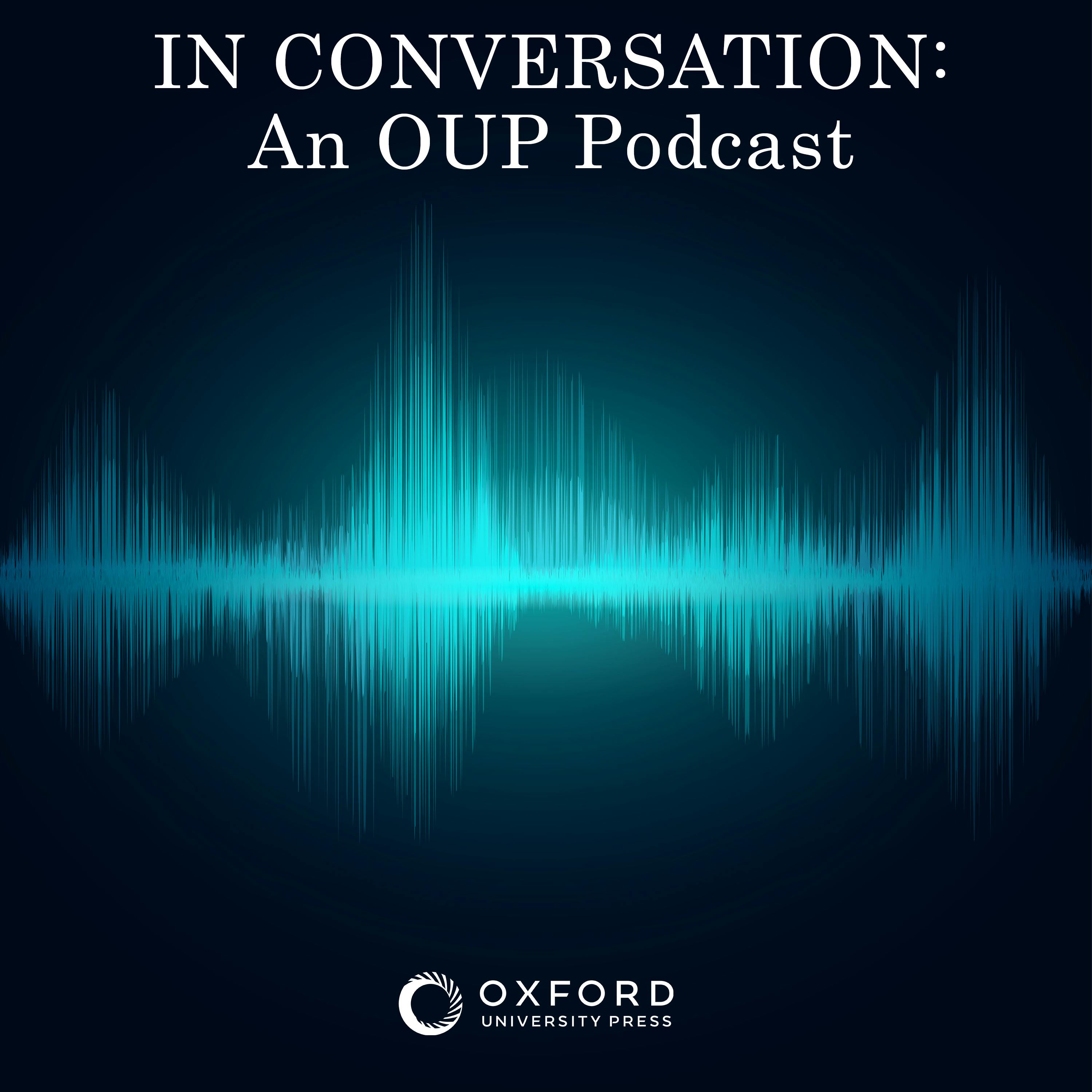
Carolyn Korsmeyer, “Savoring Disgust: The Foul and the Fair in Aesthetics” (Oxford UP, 2011)

In Conversation: An OUP Podcast
Shownotes Transcript
Today’s podcast features a book about disgusting art – that is, art that deliberately aims to cause disgust. While aesthetic judgments regarding the value, or not, of artworks have historically been tied to the notion of beauty, there are plenty of works of art and genres of art that succeed aesthetically only when they cause non-pleasurable responses. Horror films and tragedies are typical examples. These kinds of art are philosophically puzzling. How is it that things that we know are not real can cause emotional responses as if they were real? Why do we experience the adrenalin rush and the racing pulse of fear when we know very well that Hannibal Lector is just a character on the screen? How can an aversive experience be aesthetically valuable? How can something that repels be aesthetically attractive?
These paradoxes of fiction and aversion arise in spades when it comes to the emotion of disgust. In this podcast, we talk with Carolyn Korsmeyer), professor of philosophy at the University at Buffalo, State University of New York, about her new book is Savoring Disgust: The Foul and the Fair in Aesthetics ()Oxford University Press, 2011). Professor Korsmeyer discusses the nature of disgust as an emotion, the aesthetic allure of the disgusting, and the kind of aesthetic experience that we get in disgusting art. Do we really feel disgust when we confront this art, or must our disgust be denatured in some way before we can regard the object aesthetically? How can the disgusting also be attractive? What does disgust add to aesthetic experience that other emotional responses don’t? Korsmeyer claims that disgust is more varied than we tend to think, that it has certain features that overcome the problem of fiction and aversion, and that successful works of art that aim to evoke disgust elicit a special kind of aesthetic response, the sublate.